Altcoin
Anatoly Yakovenko Explains The “Fundamental” Difference Between Solana And Ethereum
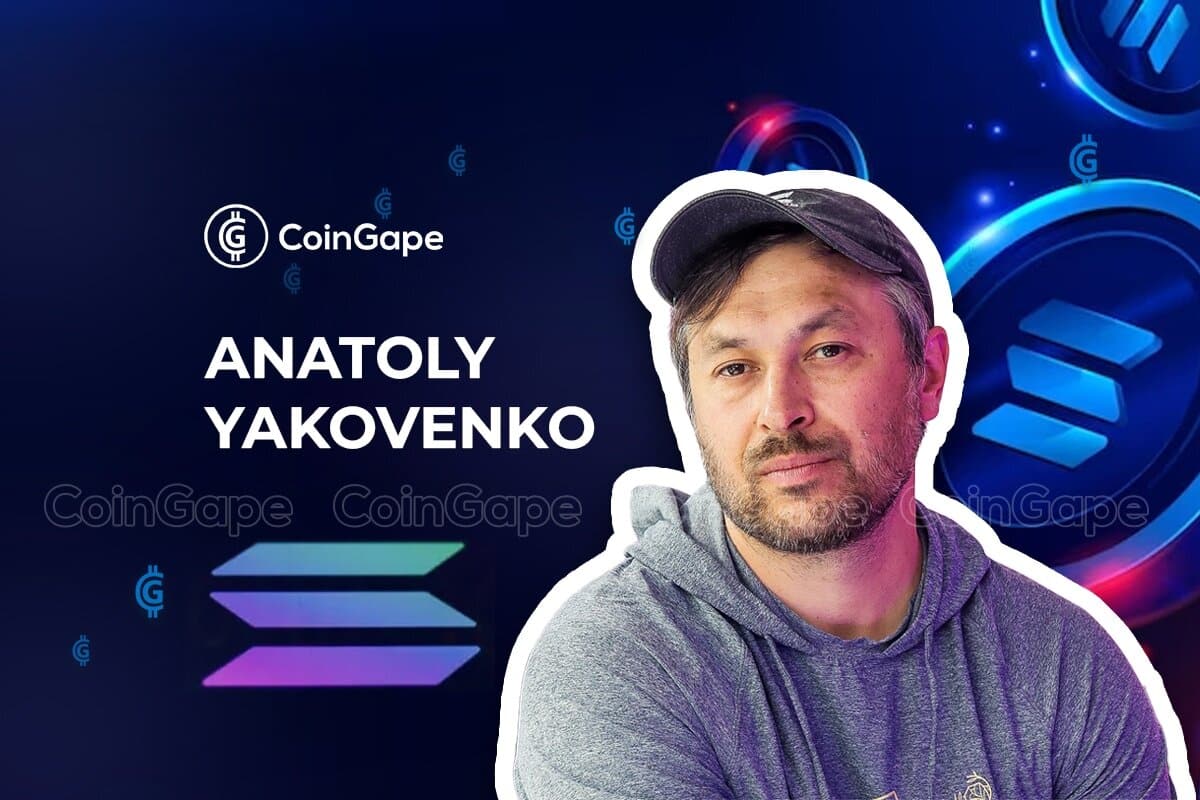
Anatoly Yakovenko, Solana’s co-founder, recently pointed to a deep divergence in how Solana and Ethereum see resource satiation and price discovery.
He explained that once a global resource becomes saturated on Solana, the current pricing mechanisms begin to be suboptimal. While Solana’s implementation of congestion is much more elegant than most cryptocurrencies, Yakovenko clarified that the hardware underneath still needs to scale to handle the new demand efficiently.
The discussion of Ethereum and Solana has kept individual investors salivating and institutions champing at the bit. While generally doing much better than its sister cryptocurrency Ethereum on many performance metrics, one very important question that begs for an answer is: Why hasn’t the institutional adoption of Solana taken center stage over Ethereum yet?
Solana’s Yakovenko Challenges Ethereum’s Scaling Model
Anatoly Yakovenko, one of Solana’s founders, recently outlined an essential difference in vision between Solana and Ethereum regarding resource saturation and price discovery.
Fundamental difference I think between solana’s vision and ethereum’s is that for solana when a global resource is saturated, price discovery isn’t good.
While it’s a graceful way to handle congestion, fundamentally the hardware needs to scale up to handle the new demand. If…
— toly 🇺🇸 (@aeyakovenko) October 18, 2024
He made the critical point that if some global resource on Solana becomes saturated, the current pricing mechanisms do not work as expected. In other words, while Solana may have a rather elegant way of dealing with congestion compared to many other cryptocurrencies, Anatoly Yakovenko said the hardware has got to scale to handle the new demand.
If demand cannot be satisfied by allowing validators to scale up their hardware capacities, the system will fail. He mentions that only local contention—issues that cannot be mitigated—should actually influence user fees. This point of view highlights Solana’s focus on scaling and efficiency regarding network congestion versus Ethereum’s approach.
With the increase in Solana price agrees Macro Researcher Axel Adler Jr. who recently said SOL could benefit from the overall positive market sentiment expected post-halving.
Recently, Orderly Network announced via social media its integration with Solana, marking a significant milestone as it becomes the first full-chain order book platform to support both Ethereum Virtual Machine (EVM) and non-EVM ecosystems. This integration allows users across different public chains to trade perpetual contracts using Orderly Network’s unified cross-chain shared order book, enhancing trading capabilities and accessibility.
The move is seen as a strategic effort to broaden the user base and liquidity options for traders in the Solana ecosystem.
Energy Consumption Key to Bitcoin vs. Ethereum Battle
Just recently, Anatoly Yakovenko drew everybody’s attention by comparing the discourse between Ethereum and Bitcoin. He put these two giants on the same scale, especially considering energy consumption and capital expenditure. In that discussion, he told everybody how Ethereum and Bitcoin resemble each other, yet their energy uses cause significant differences in the cost structure.
According to him, Bitcoin works on the Proof-of-Work model and, therefore, requires enormous energy because of the miners’ computational powers. By contrast, Ethereum moved to a Proof-of-Stake model, drastically reducing its energy consumption and thus essentially reducing capital expenditures.
In response to users’ questions about Ethereum’s potential to reach a higher market value than the leading cryptocurrency, Anatoly Yakovenko also said, “If it turns out that Ethereum is adopting more slowly than Bitcoin, then perhaps expected price growth could be unjustified.” Ethereum remains the largest decentralized smart contract platform. However, it has not seen the same real-world adoption or dramatic increase in price as Bitcoin, especially in recent times when macroeconomic conditions began to change.
Analysts are expecting SOL price to nearly 10x from the current level and hit the triple-digit territory and they say there are 3 reasons why SOL has overtaken ETH.
Contrary to expectations after the transition of Ethereum to PoS, the price performance was somewhat lagging compared with Bitcoin. This raised discussions within the community concerning further price developments and the competitive viability of Ethereum and Bitcoin. Such a discussion would underpin the nature of competition in the cryptocurrency space as regards sustainability and investment viability.
Disclaimer: The presented content may include the personal opinion of the author and is subject to market condition. Do your market research before investing in cryptocurrencies. The author or the publication does not hold any responsibility for your personal financial loss.
Altcoin
Uniswap Founder Urges Ethereum To Pursue Layer 2 Scaling To Compete With Solana

As Solana continues its ascent, experts are not writing off Ethereum’s chances to compete favorably in decentralized finance (DeFi). Uniswap founder Hayden Adams wants Ethereum to hone in on Layer 2 scaling to even the odds with Solana.
Uniswap Founder Wants Ethereum To Continue Horizontal Scaling
The calls for Ethereum to focus on Layer 2 scaling are growing louder, with Uniswap founder Hayden Adams joining the train. The Uniswap founder disclosed his stance in an X post, calling for Ethereum to continue its Layer 2 scaling development.
Adams notes that Layer 2 solutions remain Ethereum’s best chance to keep its skin in the DeFi game amid rising competition from Solana. He notes that Solana is better suited to do DeFi on its layer 1, given its roadmap and overall approach compared to Ethereum.
Ethereum, aware of the challenges of its Layer 1, has pivoted to an L2-focused roadmap since 2020. However, a broad ecosystem focus for Layer 2 scaling solutions has left the base layer without major updates for a while, whipping up conversations for a change in approach.
Despite the push for a return to a Layer 1-focused approach, the Uniswap founder wants Ethereum to continue on its existing roadmap. He took swipes at community members pushing for a change in strategy every month, urging them to “pick a lane” and mitigate the attendant risks.
“Ethereum has been working towards an L2-centric/horizontal scaling roadmap for 5+ years,” said Adams. “You want to throw this away at the final stretch because of what reason?”
Ethereum and Solana are going neck and neck with each other with a Coingape analysis weighing whether ETH price will hit $3 before SOL clinches $200.
A Layer 1-centric Approach Is Still Acceptable
The Uniswap founder disclosed in the post that he remains open to the possibility of a pivot to a Layer 1-centric approach. However, the approach has to be explicit and realistic, with Adams recommending key network changes.
“I’m fine with L1-centric scaling approach if it’s explicit and approached realistically,” said the Uniswap founder. “We would have to drop a ton of philosophical stuff like any laptop can run a node.”
He adds that Uniswap’s largest market share comes from Layer 1, making a pivot still a win for his project. However, the approach inflames centralization risks affecting the ability of individuals to run full nodes.
Amid the raging conversations for scaling direction, Ethereum is facing its worst quarterly price performance in nearly a decade. ETH targets a $1600 breakout as prices continue to wallow under $2,000 since slipping below the psychological level.
Tron founder Justin Sun says he is not selling his ETH holdings despite falling prices, pledging to collaborate with Ethereum developers to trigger ecosystem growth.
Disclaimer: The presented content may include the personal opinion of the author and is subject to market condition. Do your market research before investing in cryptocurrencies. The author or the publication does not hold any responsibility for your personal financial loss.
Altcoin
Expert Reveals Why Consensus 2025 Will Be Pivotal For Pi Network
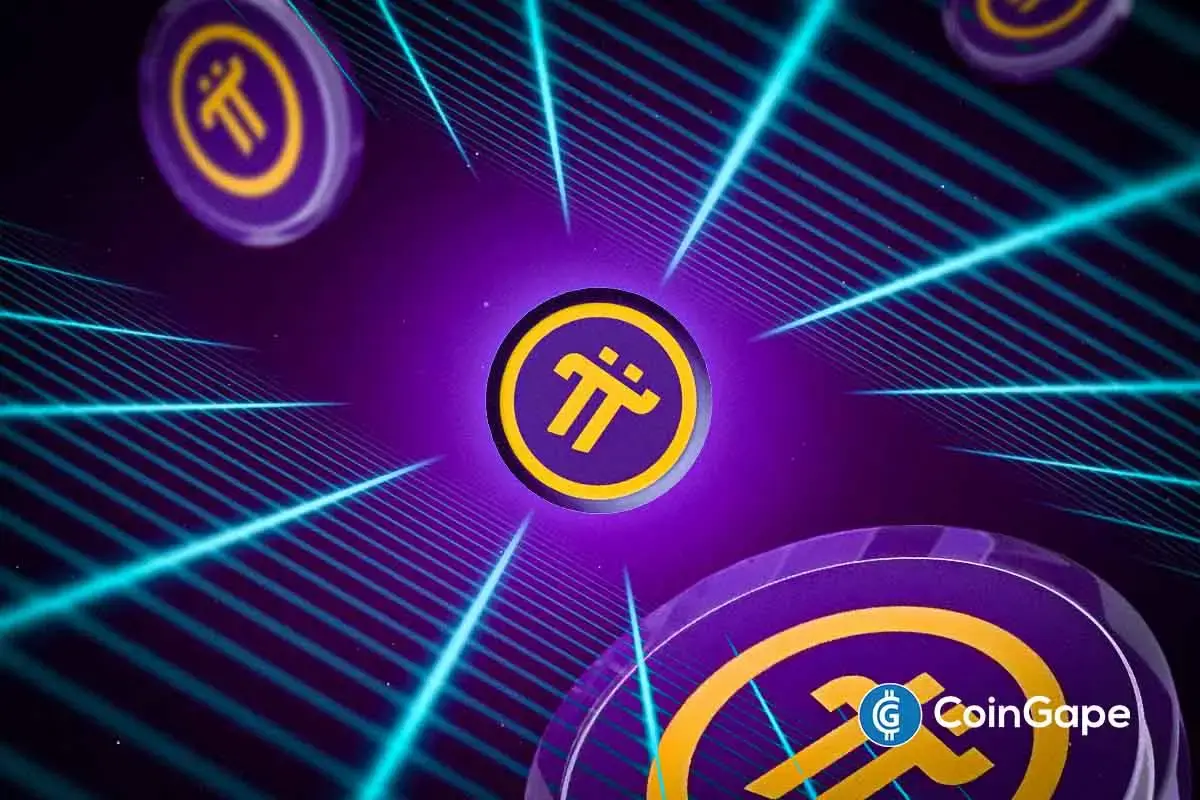
As Consensus 2025 inches closer, a buzz is swelling in the Pi Network ecosystem over potential growth opportunities. Ahead of the event, a cryptocurrency analyst wants the Pi Core Team (PCT) to wrap up two critical matters to reap the rewards of Consensus 2025.
Consensus 2025 Offers A Huge Opportunity For Pi Network
Cryptocurrency expert Dr Altcoin has described the incoming Consensus 2025 as a pivotal moment for the Pi Network. According to an X post, Dr Altcoin noted that the event will provide a raft of promotional benefits for Pi Network, urging the PCT to seize the moment.
“Consensus 2025 Summit is a huge opportunity to promote Pi Network – and one of the best so far!” wrote Dr Altcoin.
Pi Network founder Nicolas Kokkalis joins an exclusive list of industry players tapped to speak at the premier cryptocurrency summit. Kokkalis’ inclusion sent ripples across the Pi ecosystem with community members lapping up the reports.
The event, described as “the Super Bowl of Blockchain” and the “World Cup of Web 3,” will have over 20,000 individuals in attendance from over 100 countries. Scheduled for May 14-16 in Toronto, the Summit will feature industry heavyweights with a combined assets under management exceeding $4 trillion.
Kokkalis will share the stage with Bo Hines and Eric Trump in a golden opportunity to promote the Pi Network. Kokkalis has previously come under criticism for failing to make public appearances, unlike other blockchain founders.
Details of Kokkalis’ speech are under wraps, but there is growing belief that it will revolve around decentralized growth and the network’s adoption strategy. Pi Network has unveiled further details around its tokenomics, earmarking 65 billion Pi for community mining rewards.
Dr Altcoin Urges PCT To Put Its House In Order Ahead Of The Summit
While Consensus 2025 is poised to offer Pi a raft of benefits, Dr Altcoin notes that the Pi Core Team has to tick a few boxes. For starters, Dr Altcoin is pushing for the PCT to approve all KYB applications ahead of Consensus 2025.
Secondly, the cryptocurrency expert wants the PCT to officially deploy decentralized applications (DApps) on the Pi Network.
The PCT has less than a month to approve the KYB applications and give the green light for DApps. Pi Network has received criticism for the slow pace of processing KYB applications, leading to PiDaoSwap launching NFTs on BNB Chain.
Pi is trading at $0.6477 with Pi Coin tapped to reach highs of $30 if major banks adopt Pi Network. However, investors are bracing themselves for short-term volatility after suspicious account activity on Banxa.
Disclaimer: The presented content may include the personal opinion of the author and is subject to market condition. Do your market research before investing in cryptocurrencies. The author or the publication does not hold any responsibility for your personal financial loss.
Altcoin
Ripple Expands In Asia With Debut XRP Investment Tool
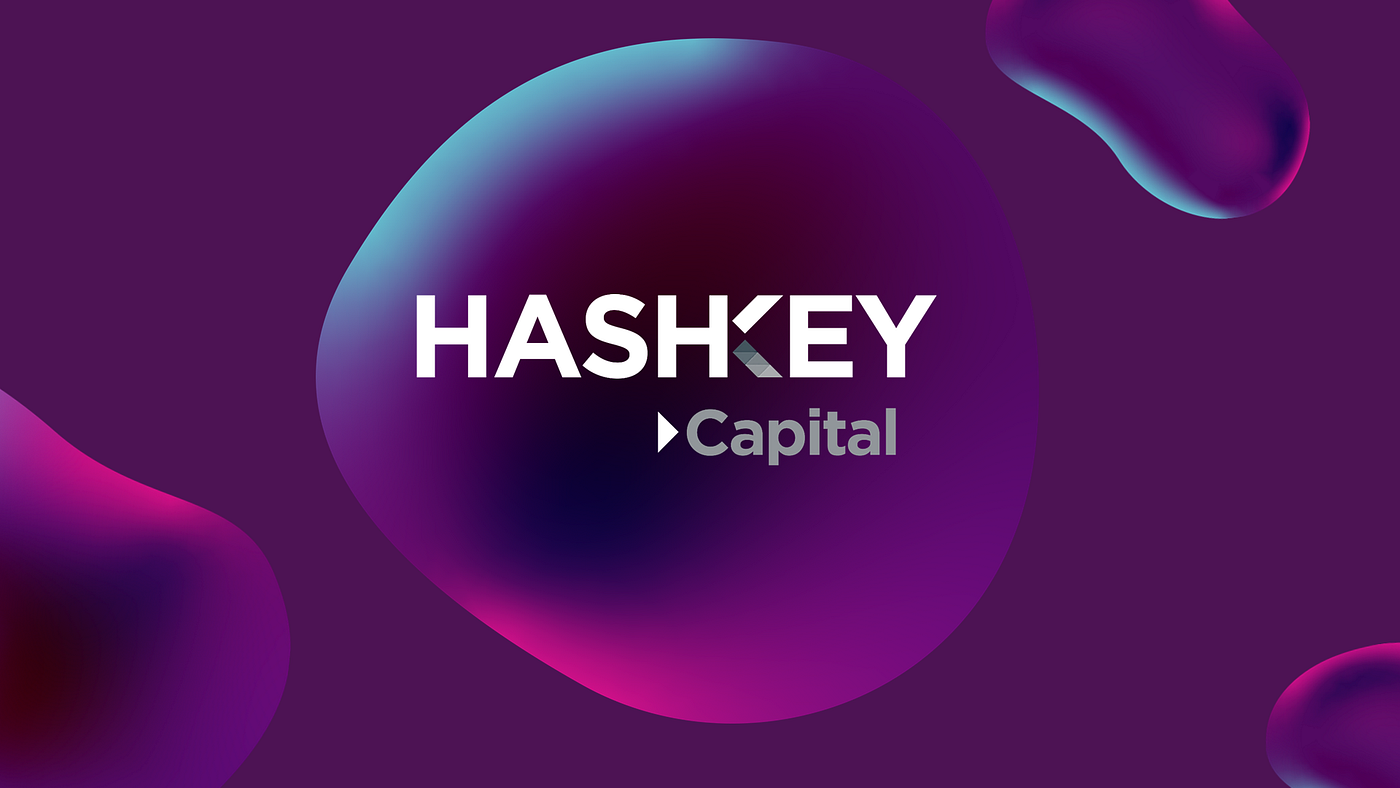

Payments company Ripple has partnered with HashKey Capital to launch Asia’s first XRP tracker fund. The new fund will track the price of XRP cryptocurrency, as per statements from both firms.
Ripple Steps In As Anchor Investor
Crypto community figure Crypto Eri first highlighted the partnership, noting that the San Francisco payments firm will invest in the new HashKey XRP Tracker Fund.
The fund is a major step towards extending institutional access to XRP in Asian markets. As HashKey reports, this is the first of potentially several such investment products in the region following the price performance of XRP.
Big XRP News in Japan 🇯🇵. @Ripple to make initial investment in Asia’s first #XRP investment product.
Professional investors get exposure to XRP without directly holding the asset. Investors can purchase the fund with cash or in-kind, and the fund is structured to accommodate… pic.twitter.com/Phs3UrVrAQ
— 🌸Crypto Eri ~ Carpe Diem (@sentosumosaba) April 18, 2025

Image: Kraken Blog
How The Fund Works For Investors
Investors of the fund may have flexible involvement options. The investors may give their contributions through conventional fiat monies or pay in kind. The structure of the fund grants the subscribers liberty to purchase or redeem shares per month.
HashKey’s Liquid Fund partner Vivien Wong identified XRP’s increasing relevance in the crypto space. She indicated that XRP has interested global companies that utilize it for different things, including tokenization of assets and as a store of value.
Ripple Sees Growing Demand In Asia-Pacific
Fiona Murray, the Managing Director of Ripple for Asia-Pacific, underlined the heightened demand for digital asset products within regulated frameworks for professional investors across the region.
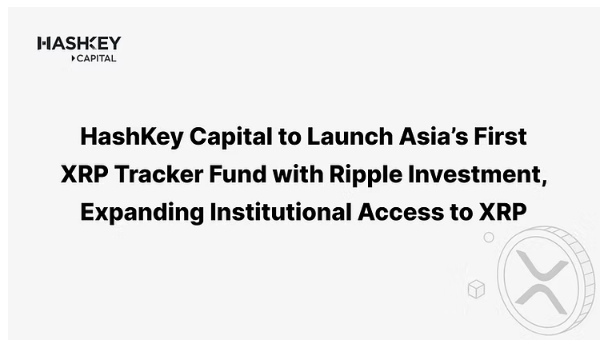
The firms are not only focusing on the tracker fund. According to reports, they intend to seek other opportunities as well, such as introducing a money market fund on the XRP Ledger (XRPL).
Broader Context Of XRP Investment Growth
HashKey Capital has become a leading player in the cryptocurrency industry. The firm already provides investment products linked to Bitcoin and Ethereum, with both the Bosera HashKey Bitcoin Spot ETF and the Bosera HashKey Ethereum Spot ETF listed on the Hong Kong Stock Exchange.
The new XRP tracker fund is HashKey’s third cryptocurrency-tracking investment product. The company says it will convert the XRP product into an exchange-traded fund within two years, subject to required regulatory approvals.
This follows increased institutional demand for XRP. In the US, over 11 institutions have submitted applications to the US Securities and Exchange Commission to list spot-based XRP ETFs.
Featured image from Medium, chart from TradingView

Editorial Process for bitcoinist is centered on delivering thoroughly researched, accurate, and unbiased content. We uphold strict sourcing standards, and each page undergoes diligent review by our team of top technology experts and seasoned editors. This process ensures the integrity, relevance, and value of our content for our readers.
-

 Market18 hours ago
Market18 hours agoCardano (ADA) Moves Sideways, But Bullish Shift May Be Brewing
-

 Altcoin14 hours ago
Altcoin14 hours agoAnalyst Reveals Dogecoin Price Can Reach New ATH In 55 Days If This Happens
-
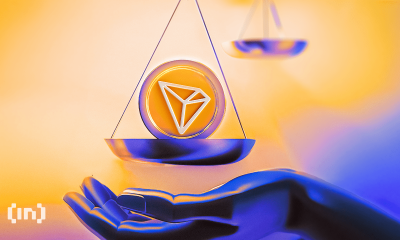
 Market20 hours ago
Market20 hours agoCanary Capital Aims to Launch TRON-Focused ETF
-
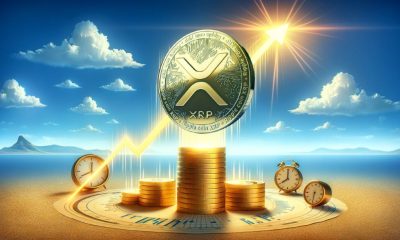
 Market21 hours ago
Market21 hours agoXRP Consolidation About To Reach A Bottom, Wave 5 Says $5.85 Is Coming
-

 Altcoin17 hours ago
Altcoin17 hours agoPi Coin Price Soars As Pi Network Reveals Massive Community Reward Plans.
-

 Altcoin9 hours ago
Altcoin9 hours agoCardano Bulls Secure Most Important Signal To Drive Price Rally
-
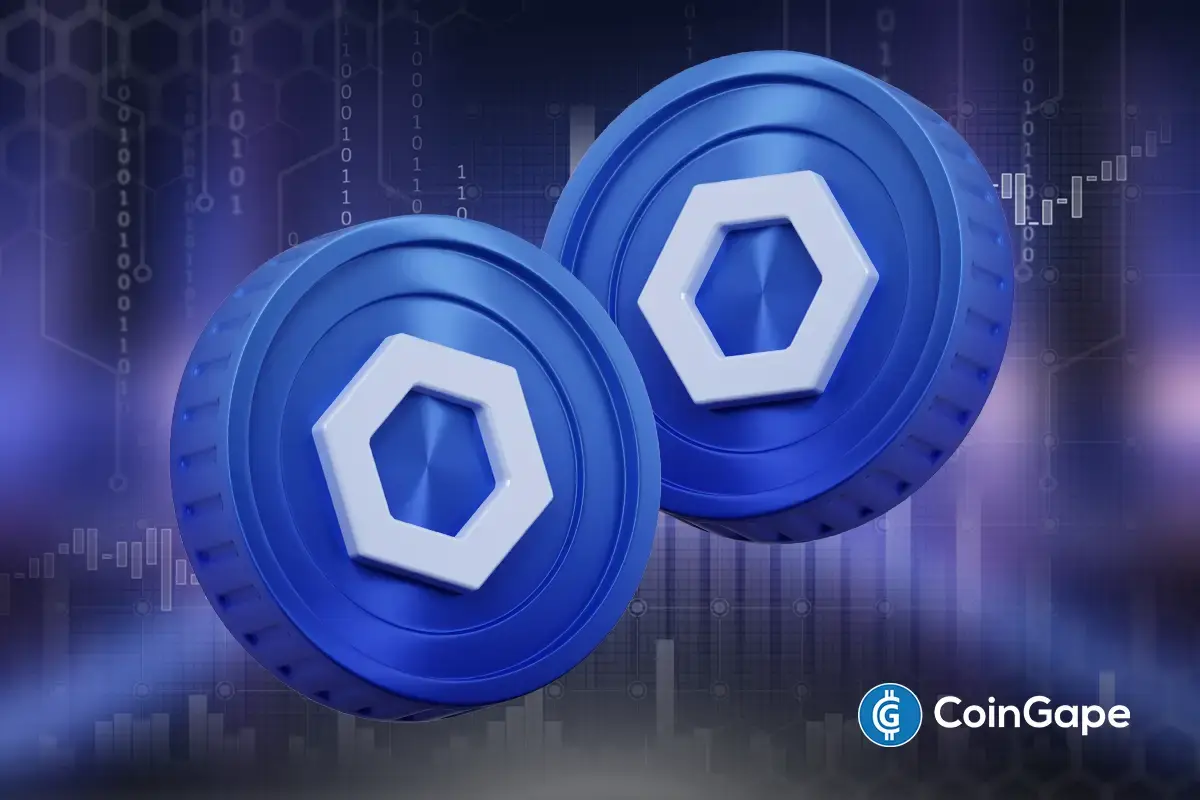
 Altcoin23 hours ago
Altcoin23 hours agoChainlink Price To Hit $26 If LINK Breaks Past This Crucial Level
-

 Market14 hours ago
Market14 hours agoBinance Mandates KYC Re-Verification For India Users




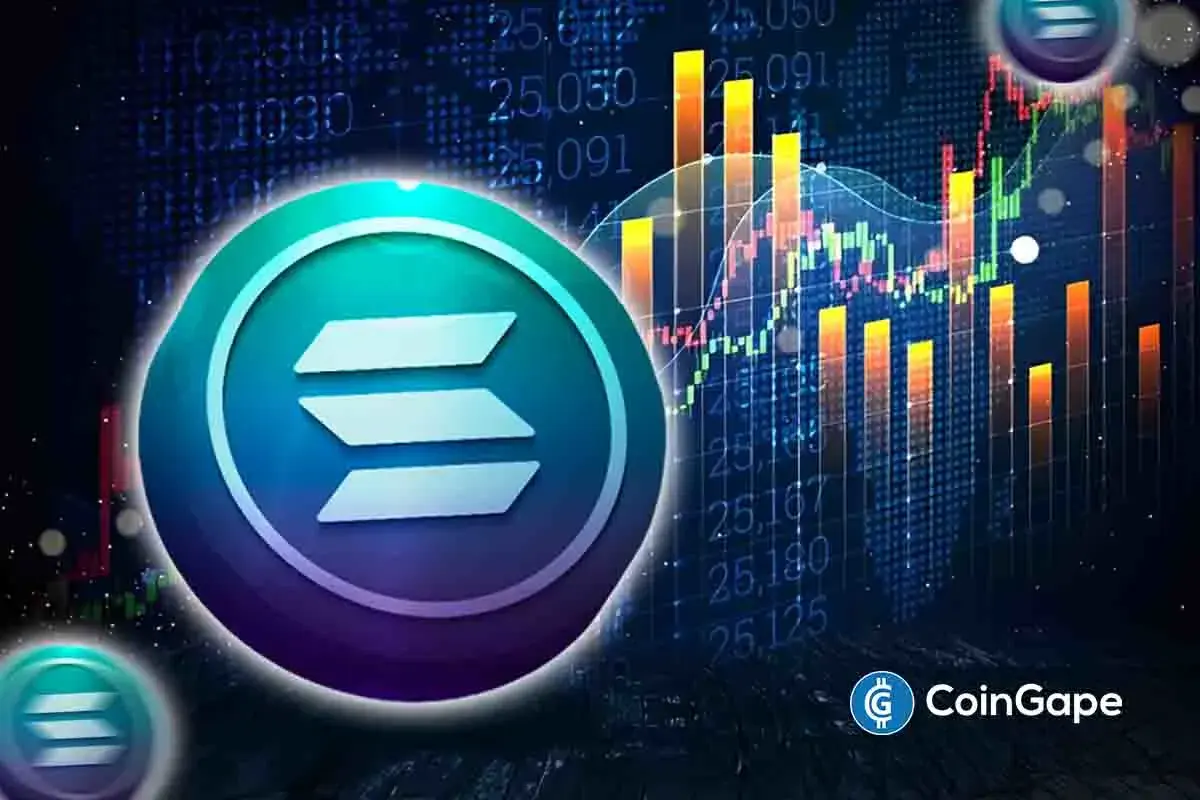















✓ Share: